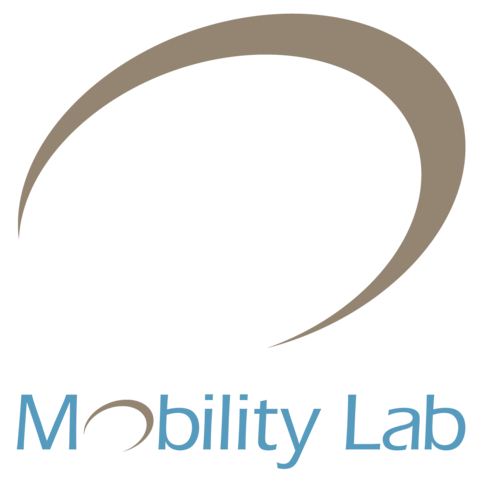Photo by Paul Goddin. Article and images cross-posted from Mobility Lab. Author Jason Hardin is Arlington’s Capital Bikeshare Planner and a consultant to Arlington County (Virginia) Commuter Services.
While humans have been planning cities and transportation networks for millennia, planning for bikeshare is something new.
In just the last few years, many American cities have launched ambitious bikeshare services — with systems in at least 78 major U.S. cities — all aimed at providing a new transportation option.
Planners have learned much about the technical side of putting together these networks, from station density to operating procedures. However, the ideal public side of this process hasn’t been formalized, particularly for individual stations.
Are new stations more like, say, new passenger rail stations? Or are they more like bus stops? What is the right level of public outreach for an individual station? Approaches in the field have varied, from handling planning in large batches to working on a smaller scale.
In the public policy world, Arlington, Virginia, is known for the “Arlington Way” — a commitment to an open and participatory planning process. That ideal is not only built into planning for the Capital Bikeshare system in Arlington, but on a very granular level — meetings and communication with civic associations and individual residents about individual sites.
Working with BikeArlington, the Arlington County Department of Environmental Services, and Capital Bikeshare, Arlington County Capital Bikeshare Manager Paul DeMaio and I recently developed a brief document, Building Bikeshare Together, which outlines this process step by step.
Hyperlocal input helps achieve a balance of a network that functions from the 30,000-foot perspective and individual stations that fit seamlessly into communities and are free of flaws that sometimes only residents spot. This is particularly crucial in more suburban areas, where bikeshare may be seen as a more “urban” feature and where sensitivity to change can be more acute.
Hyperlocal input is also important in less direct ways. It serves as a way to familiarize residents with bikeshare. Everyone knows what a road or subdivision looks like and how it might benefit or change a neighborhood. Not so much with bikeshare. Often, the planning process is a resident’s first exposure to it.

This process helps to build broader support for bikeshare overall. By demonstrating a process that is rational and responsive to feedback, confidence in the system grows.
Here are the basic steps — from virtual dot on a map to physical docks on the street — that individual stations go through in Arlington:
- Crowdsourcing map: The process begins here, with an online map on which residents are able to suggest locations for stations. After all, community members know their neighborhood better than anyone else. By overlaying these ideas on our existing station network and bike and transit infrastructure, possibilities can be identified.
- Feasibility assessment: Once a specific proposed site is identified, county engineers and planners, in conjunction with our contracted bikeshare operator, make sure it meets safety and operational criteria.
- Meeting with civic associations and surveys: Here’s where the Arlington Way is most obvious. For each proposed site, planners share locations with the local civic association and nearby residents and businesses for input and look to present the site at an association meeting. To obtain a broader sample of the neighborhood’s input, we distribute an online survey about the proposed site. Provided no serious issues arise, the site can be finalized.
- Final design: Sometimes locations shift based on the public’s feedback. Engineers do a final review to ensure the specific final station plan works.
- Installation: For this step, we circle back again to residents and let them know what’s coming. Installations typically take Capital Bikeshare’s operator only about an hour.
Lastly, just as stations are monitored with an eye to how they are performing, so is the planning process itself. Planners evaluate how it can be improved to obtain greater input, which ultimately results in the best locations.
Sometimes this may not be the speediest process, but it results in higher satisfaction from neighborhoods and fewer issues with final station sites.
For more information on Arlington’s bikeshare planning process, read more at bikearlington.com.









